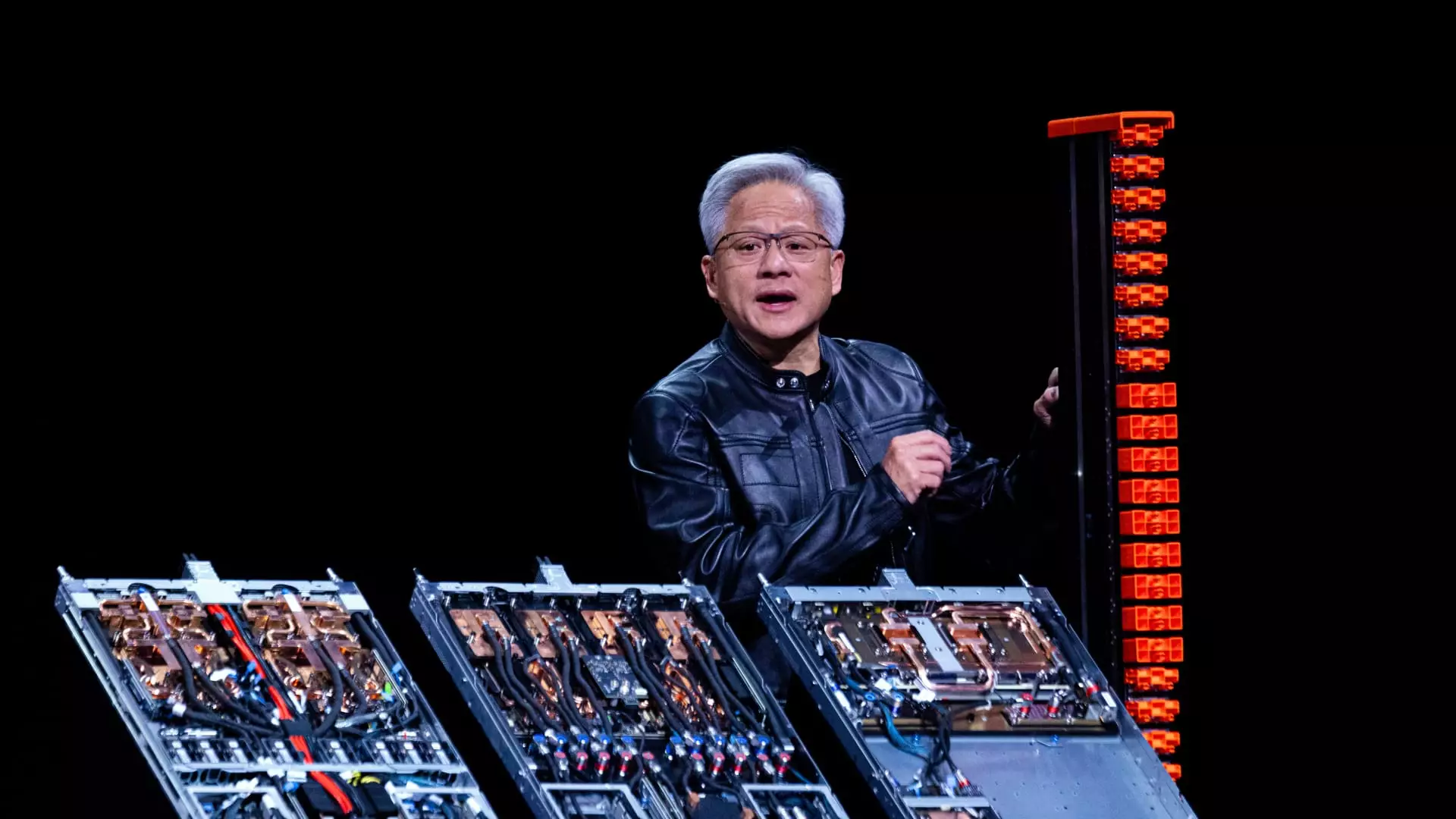In the fast-paced world of artificial intelligence, Nvidia has once again shown its prowess with the recent announcement of its NVLink Fusion program. Conducted by the company’s dynamic CEO, Jensen Huang, during the Computex 2025 conference in Taiwan, this initiative marks a paradigm shift, redefining the way AI infrastructure is constructed. Traditionally, Nvidia has held a strong grip on the market by creating a platform that is exclusive to its own central processing units (CPUs) and graphics processing units (GPUs). However, with the introduction of NVLink Fusion, the company is opening the floodgates to a collaborative ecosystem that enables the integration of third-party processors. This strategic pivot not only demonstrates Nvidia’s ambition but also poses questions about the nature of competition in the tech industry.
Collaboration over Competition
In stark contrast to the prevailing narrative that innovation stems solely from exclusivity, Huang’s unveiling of NVLink Fusion is a resounding declaration of collaboration. By allowing customers to mix Nvidia GPUs with non-Nvidia CPUs and application-specific integrated circuits (ASICs), the company is enabling the creation of semi-custom AI infrastructures. This approach is revolutionary. It offers a sense of freedom and flexibility that has been missing in the AI space, resulting in the potential for a plethora of tailored solutions. This openness could dismantle long-standing silos in the chip-making industry, bridging the gap between different technological players and promoting a more collaborative focus.
Moreover, Nvidia’s logical foresight has attracted several notable AI chip-making partners, including MediaTek, Marvell, and Qualcomm. While some industry analysts perceive this move as a potential threat to Nvidia’s own CPU demand, the underlying advantage is the revised power dynamics in data centers. It places Nvidia at the helm of the industry’s most advanced AI factories, regardless of whether these systems are built entirely on Nvidia hardware. Huang’s vision, as bolstered by expert insights, emphasizes that NVLink Fusion could be instrumental in enhancing Nvidia’s influence and footprint across the AI landscape.
The Double-Edged Sword of Flexibility
It is imperative to examine the ambivalence that NVLink Fusion may cultivate within Nvidia’s core offerings. While the increased flexibility and access to diverse processing power certainly bolster Nvidia’s competitive edge, they also pose a potential hazard: the dilution of its proprietary market dominance. Rolf Bulk from New Street Research articulates this viewpoint succinctly, suggesting that by promoting an ecosystem where alternative chips can coexist with Nvidia’s products, the demand for Nvidia’s CPUs might experience a downturn.
Nonetheless, it is essential to keep in mind that technology thrives on adaptability. Nvidia must find the fine line between fostering collaboration and preserving its market strength. The demand for customized solutions is rising, driven by the complexities of AI workloads; thus, it is critical for Nvidia to strike that balance. If executed properly, the success of NVLink Fusion could ensure that Nvidia remains a vital player in a rapidly evolving landscape while maintaining healthy relationships across its ecosystem.
The Competitive Landscape
While Nvidia is boldly reinventing itself, it is also essential to recognize the competitive dynamics at play. Major players like Google, Microsoft, and Amazon are developing their own custom processors, representing a significant challenge to Nvidia’s supremacy. Such enterprises, having substantial financial leverage and engineering expertise, may choose to undermine Nvidia’s market share, especially in data centers where bespoke solutions are more favorable.
Nvidia’s current strategy, as per experts, may mitigate such pressure. The flexibility of NVLink Fusion can help cement Nvidia’s dominance by facilitating partnerships with custom CPU developers and ASIC designers, thereby providing unparalleled solutions to an increasingly complex industry. The opportunity to form alliances and explore untapped markets could ultimately transform Nvidia into a cornerstone of the AI infrastructure of the future, even amidst escalating competition.
Embracing an open ecosystem with NVLink Fusion is a bold gambit, one that reflects the complex interplay between cooperation and competition in the tech realm. As the lines between different companies’ technologies blur, the landscape of AI will undoubtedly undergo seismic shifts, pushing Nvidia to adapt, innovate, and thrive at the forefront of this technological revolution.


Leave a Reply